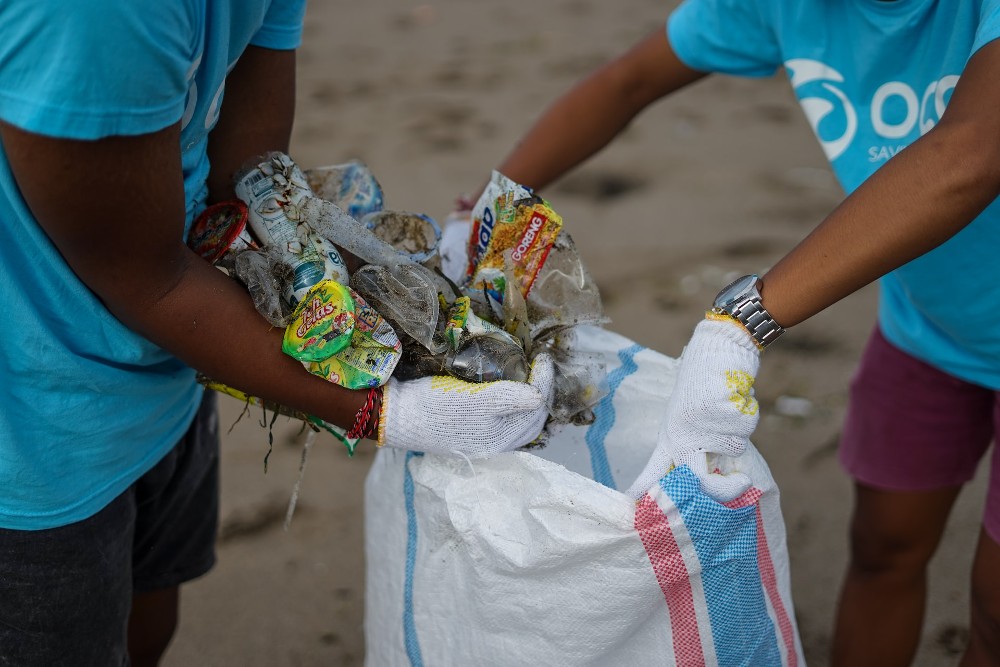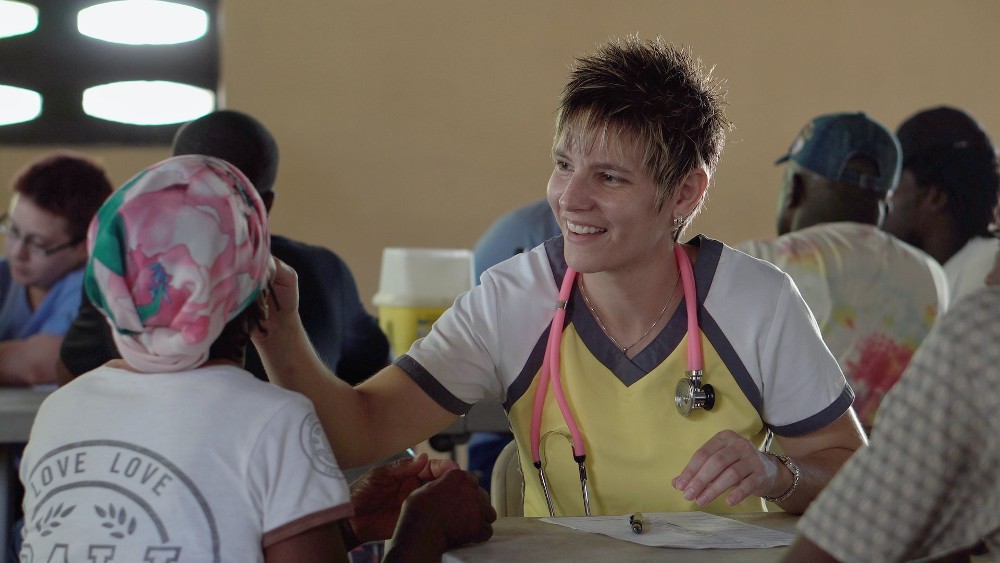
We are a reader-supported education publication. When you buy through links on our site, we may earn an affiliate commission to help us keep providing content.
Every year, about 1.5 million college students embark on tropical spring break getaways, sometimes spending upwards of $2,000 on flights, accommodations, dining, and entertainment.
However, the thought of packed bars and crowded beaches isn’t enchanting to every young adult. Some prefer to stay productive and give back to their communities with an alternative spring break.
An alternative spring break is when college students opt to participate in a domestic or international volunteer experience. Many students may even pursue opportunities related to their program of study or seek projects through their university and different organizations.
If an alternative spring break sounds more appealing than a week of loud music and a killer sunburn, this guide will tell you everything you need to know to get started.
Planning the Ultimate Alternative Spring Break
Finding the right volunteer project is the first step to planning your alternative spring break. Consider what you want to accomplish throughout the week, what you’d like to do, and who you’d like to work with.
Do you see yourself in a labor-intensive activity like building homes? Maybe you want to tutor elementary school children or work with animals.
Additionally, you should decide where you’d like to travel, if anywhere. While you can jet-set across the country, visit the jungles of Africa or scuba dive with a research team in the Great Barrier Reef, there may be several excellent opportunities — that are more affordable — right where you live.
4 Ways to Spend Your Alternative Spring Break
Choosing the right project is next on the agenda if an alternative spring break is in the cards. Here are four ways you might spend your alternative spring break.

1. Conservation Projects
As awareness of the climate crisis increases, more people are interested in finding ways to live more environmentally friendly. Participating in conservation projects is the perfect way to do your part, whether planting trees in Costa Rica or rehabilitating rhino orphans in South Africa.
Of course, if you’d prefer to save money, you might consider collecting soil and water samples at your local watershed to support clean drinking water initiatives for your region.
Staying local for your conservation-focused alternative spring break is also wise for keeping transportation emissions to a minimum.
Studies show that aviation contributes up to 3.5% of global carbon emissions — however, it’s much higher for your personal carbon footprint. Just getting a plane six miles into the air for a short flight consumes 25% of the fuel during takeoff alone.

2. Education Projects
College students majoring in childhood studies or education might want to work with kids during their alternative spring break.
A recent McKinsey analysis highlighted the negative impacts of remote learning for K-12 students during the pandemic. The study showed that students were about five months behind in math and four months behind in reading at the end of the 2020-2021 school year.
Tutoring young children to bring them up to speed during spring break is a practical way to practice your teaching skills for different learning styles.
For instance, analytical thinkers may learn best if you ask them to interpret what they’ve read or solve problems using equations. You might also develop memorization tactics with movement — tapping, dancing, and using puzzles or objects — to help tactile learners.
3. Building Projects
Maybe you like to get your hands dirty and stay active. If so, getting involved in a building project might be right for you. Check with your school to see if they have partnerships with Habitat for Humanity or a similar organization.
The COVID-19 pandemic was hard on many people, leading to high unemployment and mass evictions across the country. The U.S. Department of Housing and Urban Development (HUD) estimates that over 326,000 people were homeless in 2021.
Building homes in your community helps individuals get off the streets and out of shelters, allowing them to start over in a safe structure.
You might even want to venture to other countries to volunteer for building projects. Do your research and decide whether staying local or traveling elsewhere is best.

4. Specialized Projects
If you’re majoring in a health-related or technical field, your specialized skills are needed worldwide. Many organizations will place you in a clinical setting where you can help care for sick or injured patients or refugees.
Likewise, students studying human studies, law, journalism or IT fields are also in high demand for fulfilling various positions in different organizations.
Make a list of your specialized skills and highlight how you can make great use of them when applying for volunteer opportunities. Imagine how great it’ll look on your resume, as well.
Alternative Spring Breaks Give Back
You can go to the beach another day. Instead, make it all about giving back where it counts the most this spring break. An alternative spring break might center around volunteerism, but you’ll also gain perspective and personal growth from experience.
latest in learning!
Get the latest updates in learning, teaching and everything in between! Whether you're a student or an educator, we offer the inspiration you need to fuel your classroom experience.








